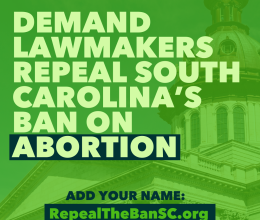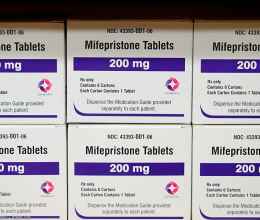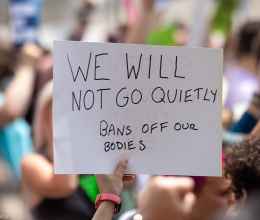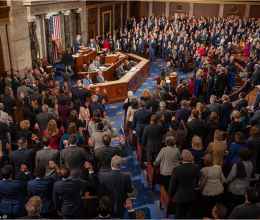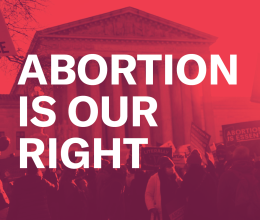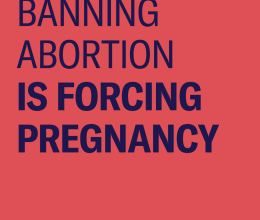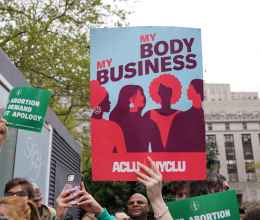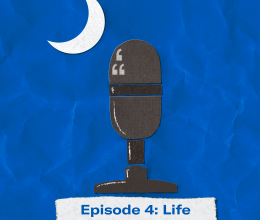
Our state is hazardous to women’s health.
An extreme or alarmist statement? Not really.
Sometimes, we all just want more good news. There is some: S.C. teen pregnancy rates are dropping. Infant mortality rates are dropping. There’s some improvement on birth outcomes in recent years.
But there are facts we can’t sidestep, uncomfortable as they may be. We’re competing to be the worst state for women killed by men they know. If a criminal domestic violence bill passes, its supporters and victims’ advocates acknowledge that changing the climate of violence against women will take more than a piece of legislation.
We’re also in the bottom tier of states for women’s reproductive health. Eight of our state’s 46 counties lack an obstetrician. More than 25 percent of mothers of S.C. newborns who died last year received little, if any, prenatal care. In 2011, there were 76 live births to girls 10- to 14 years of age. Maternal mortality is still alarmingly, needlessly high.
Infant mortality is still high, as well, despite valiant efforts by the medical establishment to combat this. The second (in some years, the first) highest cause of death of babies in the first 30 days is “congenital malformation/deformation.” That does not mean the cause of death is low birth weight, extreme premature status or other factors. It means that approximately 35 newborns per year die within the first 24 hours because of fetal anomalies so severe that survival is impossible
At the same time, without regard to these facts, our legislature is on the verge of passing a bill (H. 3114) to criminalize abortions after 20 weeks of pregnancy – before the point in pregnancy when a woman may first learn of a severe chromosomal or other fetal anomaly diagnosis.
The Senate just passed a version of the 20-week ban that does allow for critical, limited exceptions. One exception involves cases of rape or incest, so that a traumatized or intimidated victim retains the right to decide whether to terminate such a pregnancy. Another exception concerns the health of the mother, so that a woman is not forced to carry a pregnancy to term if doing so puts her life in danger. The final exception, covering the vast majority of these rare later abortions, is in the case of diagnosis of severe fetal anomaly.
The Senate version has returned to the House for concurrence or non-concurrence. If the harsh House version – the extreme ban — is ultimately adopted, then we can add a new blow to the existing list of hazards to the health of a woman in South Carolina.
This bill has nothing to do with accepted science and everything to do with lessening a woman’s ability to make the best medical decision for herself and her family. If politicians continue to play doctor, the positive trends will be fewer and the health outcomes for women in South Carolina worse.

